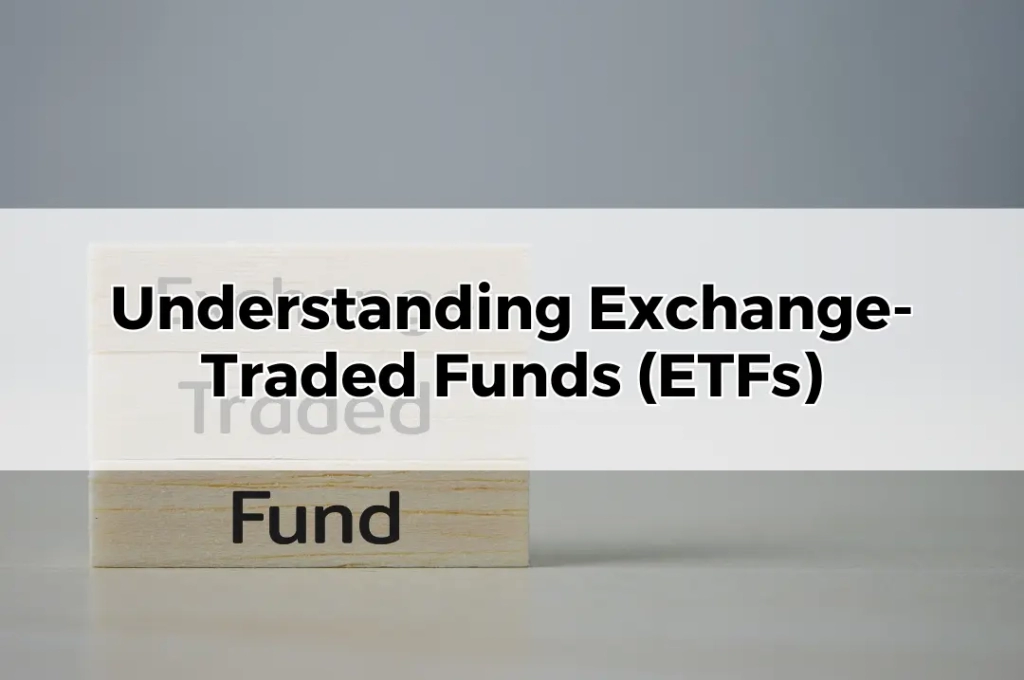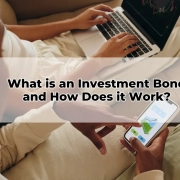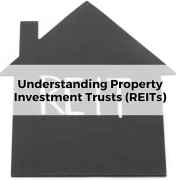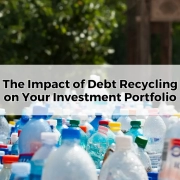Understanding Exchange-Traded Funds (ETFs)
Table of Contents
ToggleExchange-Traded Funds (ETFs) are investment funds traded on shares exchanges. They hold a collection of assets such as shares, bonds, or commodities, and offer investors a way to buy a broad array of securities in a single transaction.
ETFs were first introduced in the early 1990s, with the launch of the SPDR S&P 500 ETF (SPY) in the United States. Since then, the ETF market has grown exponentially, offering investors a wide range of options to diversify their portfolios.
How ETFs Work
Structure of ETFs
ETFs are structured to mirror the performance of an index or a specific asset class. They are composed of units that represent a fraction of the fund’s underlying assets, allowing investors to gain exposure to a broad market segment.
Creation and Redemption Process
The creation and redemption process of ETFs involves authorised participants (APs), typically large financial institutions. APs create ETF shares by purchasing the underlying assets and delivering them to the fund in exchange for new ETF shares. Conversely, they redeem ETF shares by returning them to the fund in exchange for the underlying assets.
Types of ETFs
Equity ETFs
Equity ETFs invest in a portfolio of shares, providing exposure to various sectors or market indices. They are popular among investors seeking to gain broad market exposure with a single investment.
Bond ETFs
Bond ETFs consist of a portfolio of bonds, including government, corporate, and municipal bonds. They offer investors a way to gain exposure to the fixed-income market with the added liquidity of shares-like trading.
Commodity ETFs
Commodity ETFs invest in physical commodities such as gold, silver, or oil, or in commodity futures contracts. They provide a convenient way for investors to gain exposure to commodity price movements without owning the physical assets.
Sector and Industry ETFs
Sector and industry ETFs focus on specific sectors or industries, such as technology, healthcare, or energy. These ETFs allow investors to target their investments based on economic trends or sector-specific opportunities.
International ETFs
International ETFs invest in foreign markets, offering exposure to global economic growth and diversification beyond domestic markets. They can include developed, emerging, or frontier markets.
Benefits of Investing in ETFs
Diversification
ETFs provide instant diversification by holding a basket of securities, which reduces the risk associated with investing in individual shares or bonds. This diversification helps smooth out volatility and enhances portfolio stability.
Cost Efficiency
ETFs are generally more cost-efficient than mutual funds due to lower management fees and operating expenses. This cost efficiency can lead to higher net returns for investors over the long term.
Transparency
ETFs offer transparency in their holdings, with most funds disclosing their portfolio on a daily basis. This allows investors to see exactly what assets they own, aiding in better-informed investment decisions.
Risks Associated with ETFs
Market Risk
ETFs are subject to market risk, meaning their value can fluctuate based on the performance of the underlying assets. Investors can experience losses if the market or specific sector declines.
Liquidity Risk
While most ETFs are highly liquid, some may experience lower trading volumes, leading to wider bid-ask spreads and potentially higher transaction costs. This liquidity risk can affect the ease of buying or selling ETF shares.
Tracking Error
Tracking error occurs when an ETF’s performance deviates from its benchmark index. This can result from management fees, trading costs, or imperfect replication of the index.
Comparing ETFs with Mutual Funds
Cost Differences
ETFs typically have lower expense ratios compared to mutual funds, making them a cost-effective investment option. Mutual funds often carry higher management fees and, in some cases, sales loads.
Trading Flexibility
ETFs trade like shares, allowing investors to buy and sell shares throughout the trading day at market prices. Mutual funds, on the other hand, can only be bought or sold at the end of the trading day at the net asset value (NAV).
Tax Efficiency
ETFs are generally more tax-efficient than mutual funds due to their unique creation and redemption process, which minimises capital gains distributions. This tax efficiency can lead to lower tax liabilities for investors.
How to Choose the Right ETF
Understanding Investment Goals
When choosing an ETF, it’s essential to align your selection with your investment goals, whether it’s growth, income, or diversification. Define your objectives to narrow down the ETF options that best meet your needs.
Assessing Expense Ratios
Expense ratios represent the annual fees charged by the ETF, expressed as a percentage of assets. Lower expense ratios mean lower costs for investors, so compare these fees across similar ETFs to find the most cost-effective option.
Evaluating Fund Performance
Review the historical performance of the ETF, comparing it to its benchmark index and peer funds. Consistent performance relative to the benchmark indicates effective management and tracking accuracy.
Understanding ETF Fees and Costs
Management Fees
Management fees are the annual fees paid to the fund manager for overseeing the ETF. These fees are included in the expense ratio and can impact the overall return on investment.
Trading Costs
While ETFs have lower management fees, trading costs such as broker commissions and bid-ask spreads can add up. Consider these costs when trading ETFs, especially for frequent traders.
Other Hidden Costs
Be aware of other potential costs, such as the cost of tracking error and the impact of premium or discount to NAV. These hidden costs can affect the total return on your investment.
Tax Implications of ETFs
Tax Treatment of Dividends
Dividends from ETFs are generally taxable in the year they are received. Depending on the ETF’s holdings, dividends may be qualified for lower tax rates or subject to ordinary income tax rates.
Capital Gains Tax
Capital gains tax applies when you sell ETF shares at a profit. The tax rate depends on how long you held the shares, with long-term gains typically taxed at a lower rate than short-term gains.
How to Invest in ETFs
Through a Brokerage Account
Investing in ETFs requires a brokerage account, which allows you to buy and sell ETF shares. Choose a brokerage with low fees and a user-friendly platform to facilitate your trading activities.
Using Robo-Advisors
Robo-advisors offer automated investment services that often include ETFs in their portfolios. They provide a convenient way to invest in diversified portfolios with minimal effort and lower management fees.
Popular ETF Strategies
Passive vs. Active Management
Passive ETFs aim to replicate the performance of a specific index, while active ETFs seek to outperform the market through active management. Decide which strategy aligns with your investment philosophy and risk tolerance.
Thematic Investing
Thematic ETFs focus on specific investment themes or trends, such as clean energy, technology, or healthcare innovation. These ETFs allow investors to capitalise on long-term growth opportunities in targeted sectors.
Dollar-Cost Averaging
Dollar-cost averaging involves regularly investing a fixed amount in ETFs, regardless of market conditions. This strategy helps mitigate market volatility and reduces the impact of short-term price fluctuations.
Future Trends in the ETF Market
Growth of ESG ETFs
Environmental, Social, and Governance (ESG) ETFs are gaining popularity as investors seek to align their investments with their values. These ETFs focus on companies with strong ESG practices, promoting sustainable and ethical investing.
Technological Innovations
Technological advancements are driving innovation in the ETF market, with developments such as AI-driven ETFs and blockchain-based ETFs. These innovations offer new investment opportunities and efficiencies.
Regulatory Changes
Regulatory changes can impact the ETF landscape, influencing fund structures, reporting requirements, and investor protections. Staying informed about regulatory developments is crucial for making informed investment decisions.
ETFs offer a versatile and cost-effective way to invest in a diversified portfolio of assets. By understanding how they work, their benefits and risks, and how to choose the right ones, investors can make informed decisions to achieve their financial goals. Whether through passive or active management, thematic investing, or dollar-cost averaging, ETFs provide a range of strategies to suit different investment preferences and risk tolerances. As the ETF market continues to evolve with technological innovations and growing interest in ESG investing, staying informed and adaptable will be key to maximising the potential of this dynamic investment vehicle.









